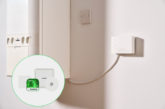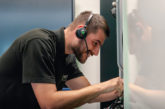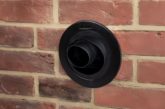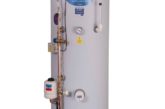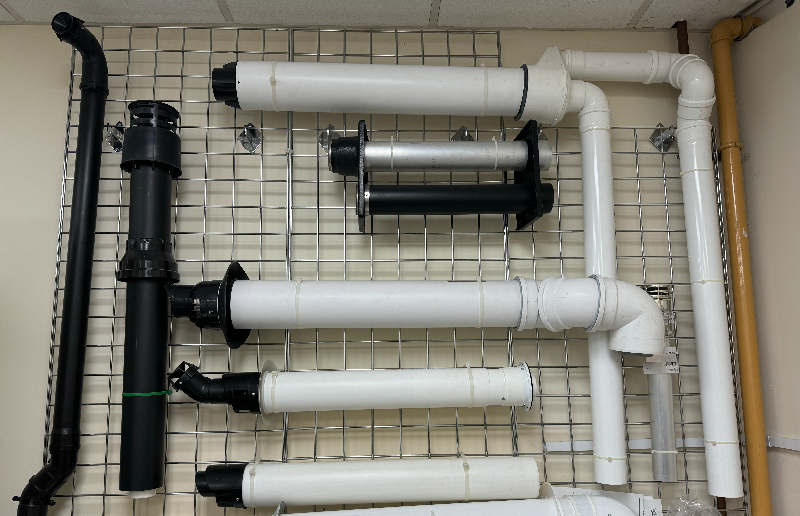
With manufacturers offering a range of fluing options, ensuring the flue system is appropriately sited and installed can sometimes present a challenge. Alister Maclachlan, Product Director at Vokèra by Riello, Global Comfort Solutions Europe, Carrier, looks at factors to consider when positioning a flue system, which is integral to a heating system’s safe and efficient operation.
Flue siting and installation, in the vast majority of cases, is a straightforward process. With wall-hung boilers, it’s generally a matter of connecting a flue to the back of a system and directing the flue system through a wall. However, where the flue site is in close proximity to a door, window or perhaps a carport, other options might need to be considered.
Prior to deciding on flue relocation, consultation with the boiler’s manufacturer is essential. Each boiler system will contain instructions regarding flue positioning but if doubts remain, technical expertise should be available via a hotline. This will be time well spent, because there are very definite right and wrong ways to install a flue.
Do not speculate with flue terminal locations
We are frequently contacted by conscientious installers – prior to install – who inquire if their proposed flue configuration is acceptable and meets the necessary requirements. Unfortunately, we are also made aware of incorrectly installed systems that usually require remedial action to make them meet the necessary requirements such as BS 5440-2 “Flueing and ventilation for gas appliances.”
Sometimes, the remedial actions are easy to implement, but on occasion they can lead to the appliance being re-sited, which can be expensive and time consuming. Therefore, when in doubt, always contact the manufacturer for advice prior to carrying out an install.
Various flue options are available, such as horizontal, vertical and parallel, for instance, along with the option to extend the flue length. These options are generally sufficient to provide a solution to most intended applications.
Other non-standard installation solutions include opting for a larger diameter flue.
Material make-up
In reality, the terminal is the only part of a flue that should protrude from a wall. However, if extending a flue to overcome eaves, for example, its material composition then becomes crucial. It must be UV resistant, otherwise it is likely to degrade over time.
Flue location and installation should generally be completed without issue. But detailed planning remains advisable to ensuring the process runs smoothly. Double checking the flue’s positioning with the boiler manufacturer’s instructions is always good practice. Being fully-conversant with building regulations related to flue provision and connection – as outlined in Approved Document J: “Combustion Appliances and Fuel Storage Systems” – is also advised.
With the innovation of solutions that overcome flue positioning, there should be little to concern property owners in search of a boiler upgrade. But errors of judgement in this area can be costly, so leave nothing to chance at any stage of the consultation process and if in doubt – always contact your boiler manufacturer for further guidance.









